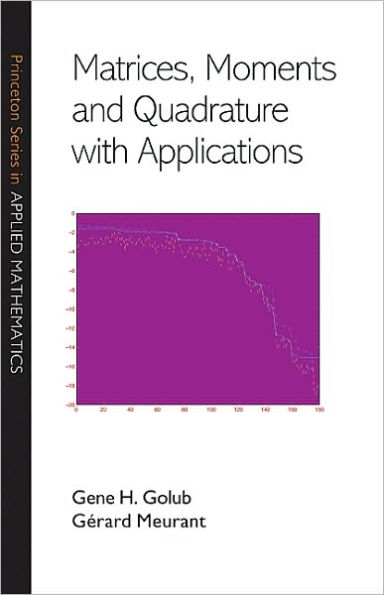5
1
9780691143415



Matrices, Moments and Quadrature with Applications available in Hardcover, eBook

Matrices, Moments and Quadrature with Applications
- ISBN-10:
- 0691143412
- ISBN-13:
- 9780691143415
- Pub. Date:
- 12/27/2009
- Publisher:
- Princeton University Press
- ISBN-10:
- 0691143412
- ISBN-13:
- 9780691143415
- Pub. Date:
- 12/27/2009
- Publisher:
- Princeton University Press

Matrices, Moments and Quadrature with Applications
$99.95
99.95
In Stock

Product Details
| ISBN-13: | 9780691143415 |
|---|---|
| Publisher: | Princeton University Press |
| Publication date: | 12/27/2009 |
| Series: | Princeton Series in Applied Mathematics , #30 |
| Pages: | 363 |
| Product dimensions: | 6.30(w) x 9.30(h) x 1.20(d) |
About the Author
From the B&N Reads Blog



